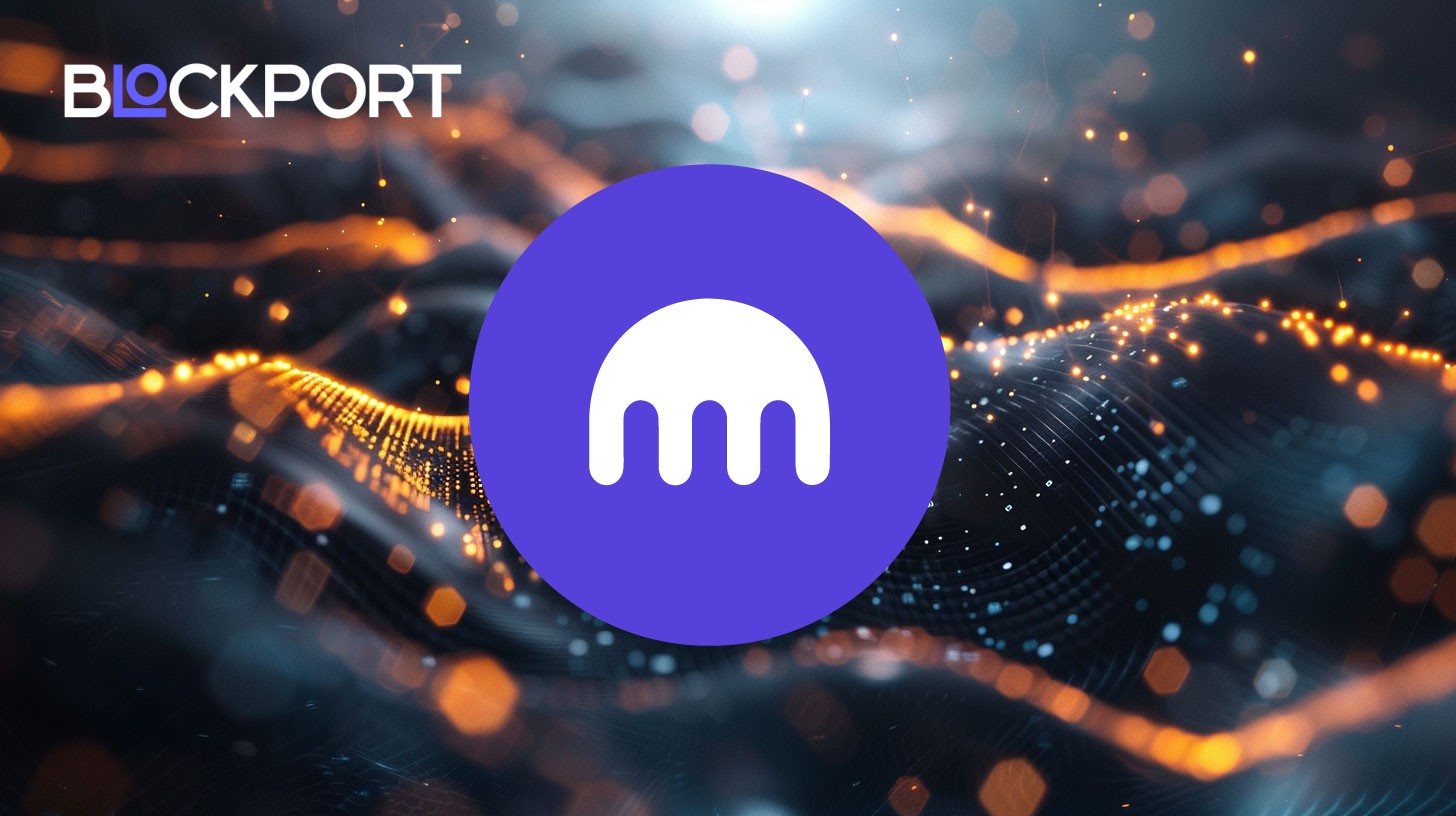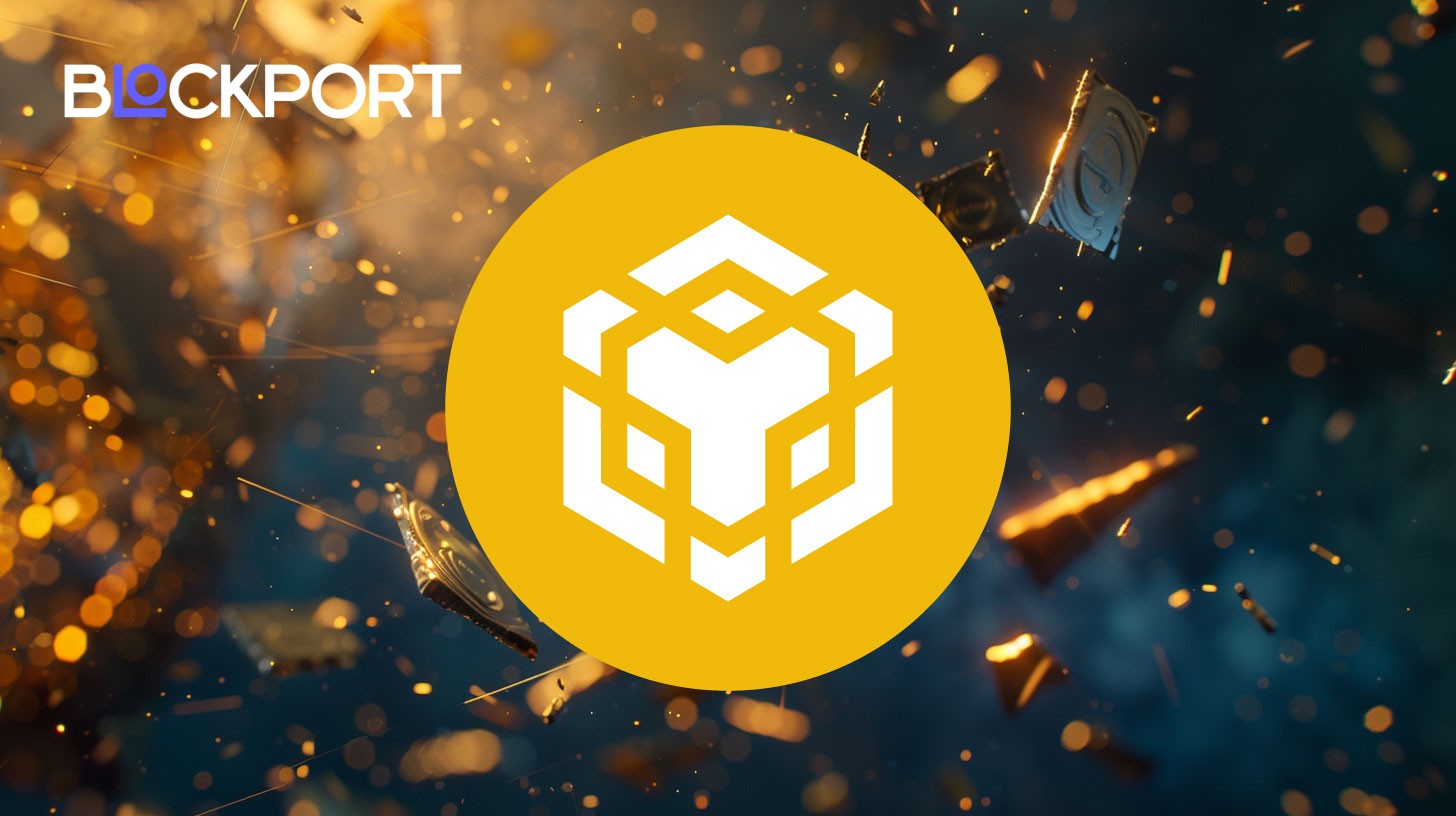Singapore’s top bank signals TradFi’s surrender with Ethereum move

Singapore’s largest bank, DBS, has issued tokenized notes on the Ethereum blockchain. Why is this move considered a game-changer for traditional finance?
One of Asia’s most influential banks, DBS Bank, has decided to put into practice what many competitors are only talking about. It issued tokenized structured notes directly on the public Ethereum blockchain, bypassing closed corporate systems. For the cautious banking world, this represents a bold step: integrating decentralized technology into processes traditionally governed by strict control and predictability.
DBS: from state bank to digital pioneer
DBS was founded in 1968 as a state-owned project to support Singapore’s industrial development. Over the decades, it has evolved into a global financial conglomerate with a reputation as a “rock-solid” player trusted by millions of clients. Today, the bank serves more than 10 million individual and corporate clients in 19 countries and is considered one of the most innovative in the region.
DBS maintains leading positions in the retail sector, wealth management, and investment banking. It also actively develops digital services: its mobile app is regularly recognized as one of the best in Asia, and its online platforms consistently win international awards. The bank consistently invests in fintech and new technologies, understanding that this is essential to remain competitive.
A prime example is the DBS Digital Exchange (DDEx), launched in 2020. The exchange was focused on institutional and high-net-worth clients and operated on a private blockchain. In its very first year, DDEx attracted dozens of major participants and saw trading volumes surge: according to the bank, turnover exceeded 1 billion Singapore dollars in the first year alone. For a conservative bank, this was a breakthrough: the project proved to be in demand and demonstrated a real market for tokenized products.
Tokenized notes and their audience
Tokenized structured notes are debt securities that are now issued not on paper or in depository registers, but as digital tokens. They can be “tied” to stocks, indices, or interest rates. The primary advantage lies in streamlined issuance, trading, and settlement processes.
Who benefits?
- Institutional investors gain a new diversification avenue and digital asset exposure without direct cryptocurrency involvement, plus 24/7 trading capabilities unavailable on traditional exchanges.
- High-net-worth clients access previously exclusive instruments through fractional ownership, significantly lowering entry barriers.
- Issuers can reach markets faster and more cost-effectively, bypassing lengthy bureaucratic procedures and intermediary layers.
DBS is not acting alone: its notes are available on platforms such as ADDX, DigiFT, and HydraX. These regulated platforms play a key role in ensuring security and liquidity. ADDX (formerly iSTOX) specializes in private markets and alternative investments, providing infrastructure for secondary trading. DigiFT, in turn, offers a protocol for real-time trading of tokenized assets. And HydraX acts as a technology partner, providing infrastructure solutions for creating digital markets. Thus, DBS is utilizing existing, regulated, and reliable channels.
What this changes for traditional finance
The main value of blockchain for banks is speed and transparency. Today, settlements and clearing take days and require intermediaries. On blockchain, transactions are near-instant and cryptographically secured against tampering. This reduces risk, saves resources, and leaves less room for fraud.
There’s another effect as well: the emergence of new asset classes. With tokenization, you can digitize real estate, art, or debt obligations and make them available on the market. What was once considered “illiquid” and accessible only to a small circle can be transformed into an object of mass investment. Dividing expensive assets into fractional parts opens them up to a larger number of participants.
The broader implications
The DBS move demonstrates that even major traditional banks are experimenting with technologies they recently considered too risky. While no one expects the entire market to migrate to blockchain overnight, the precedent of a respected bank launching products on open networks is significant.
Other institutions are watching closely. If this experiment succeeds, it could trigger a wave of similar initiatives, potentially creating interconnected blockchain networks that form new global financial infrastructure.
The line between traditional and decentralized finance continues to blur. As this evolution accelerates, banks face a clear choice: adapt to blockchain-integrated markets or risk obsolescence in an increasingly digital financial landscape.
Content on BlockPort is provided for informational purposes only and does not constitute financial guidance.
We strive to ensure the accuracy and relevance of the information we share, but we do not guarantee that all content is complete, error-free, or up to date. BlockPort disclaims any liability for losses, mistakes, or actions taken based on the material found on this site.
Always conduct your own research before making financial decisions and consider consulting with a licensed advisor.
For further details, please review our Terms of Use, Privacy Policy, and Disclaimer.


























